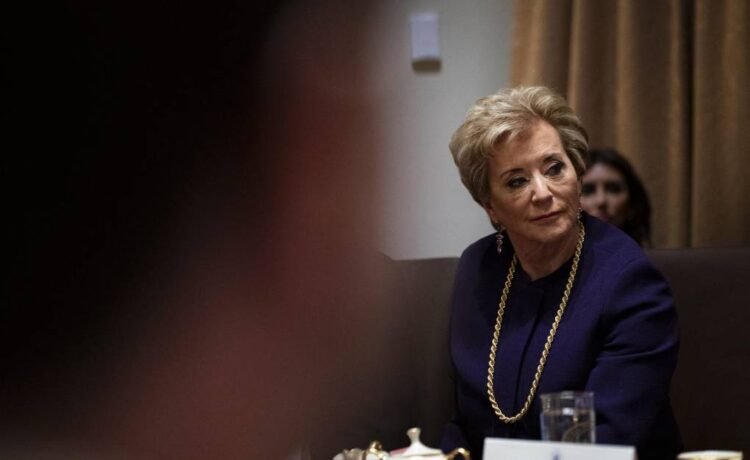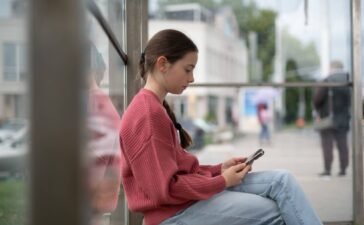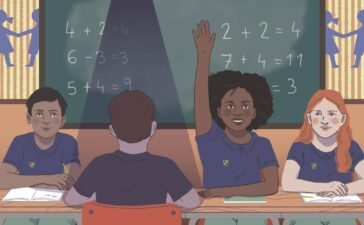“This could not have come at a worst time for millions of Americans,” said Aissa Canchola Bañez, Policy Director for the Student Borrower Protection Center, a nonprofit group that aims to reduce student debt. Those borrowers, she added, “are already finding themselves having to navigate such incredible economic uncertainty over the last few months.”
She also points to the fact that older borrowers tend to face the greatest struggles in repaying their loans: nearly 40 percent of federal borrowers over the age of 65 were in default on their student loans, according to a 2017 report from the Consumer Financial Protection Bureau. “These are older folks who are on fixed incomes,” she says.
When borrowers fall behind, Bañez added, their credit scores can take a hit, making it harder to qualify for more credit and other loans for things like housing and other basic needs.
The Education Department said in its notice that, later this summer, it will begin the process of garnishing wages—meaning payments would be automatically deducted from borrowers’ paychecks.
You Might Also Like
Should AI Chatbots Help Students With Their Mental Health?
Alongside has big plans to break negative cycles before they turn clinical, said Dr. Elsa Friis, a licensed psychologist for...
Strict Rules Can Foster Calm Classrooms. But Some Students Pay the Price
To his mom, when her son gets suspended from school and sent home, it feels like the school is ignoring...
Some Social Emotional Lessons Improve How Kids do at School, Yale Study Finds
Cipriano also directs the Education Collaboratory at Yale, whose mission is to “advance the science of learning and social and...
What Every Parent Should Know About Online Gambling
Since the U.S. Supreme Court removed the legal barriers that had prohibited states from allowing gambling, some 31 now permit...










